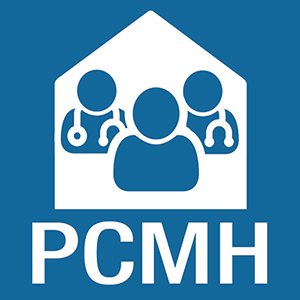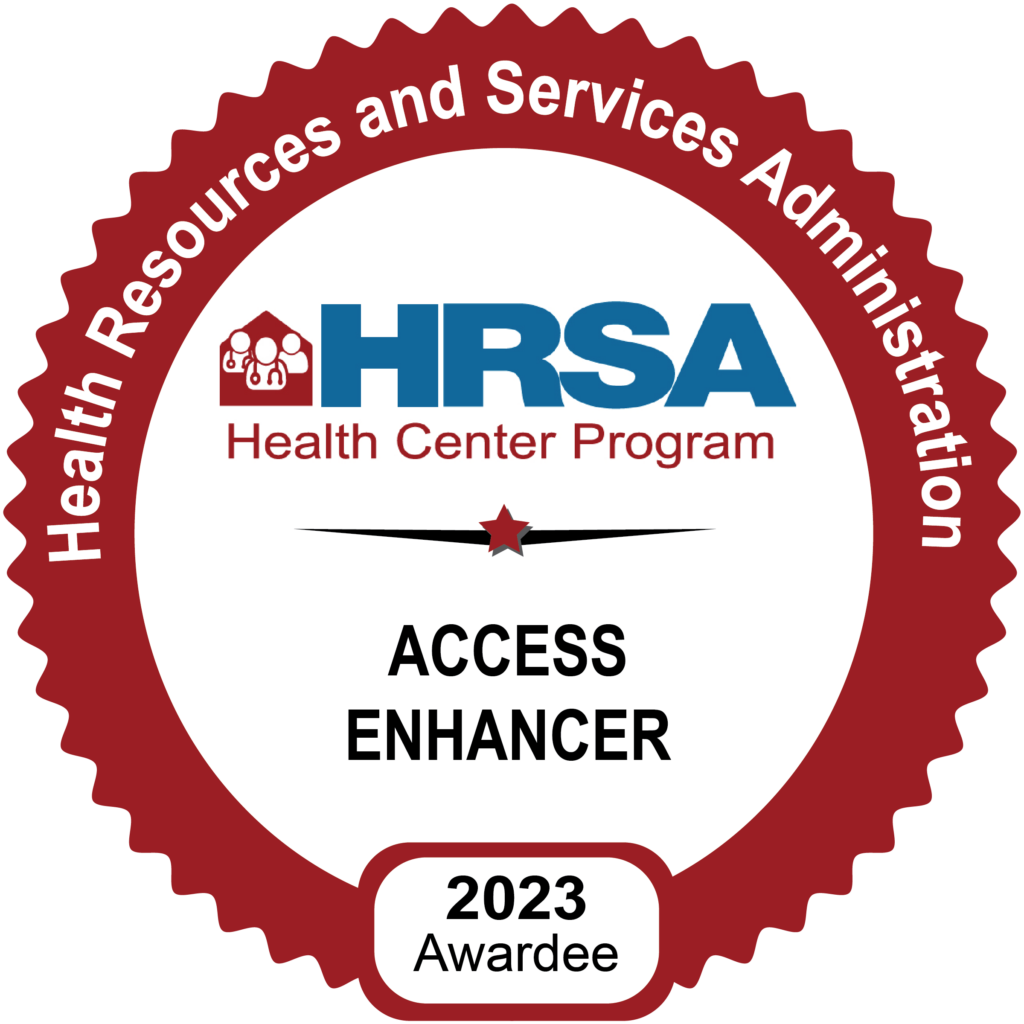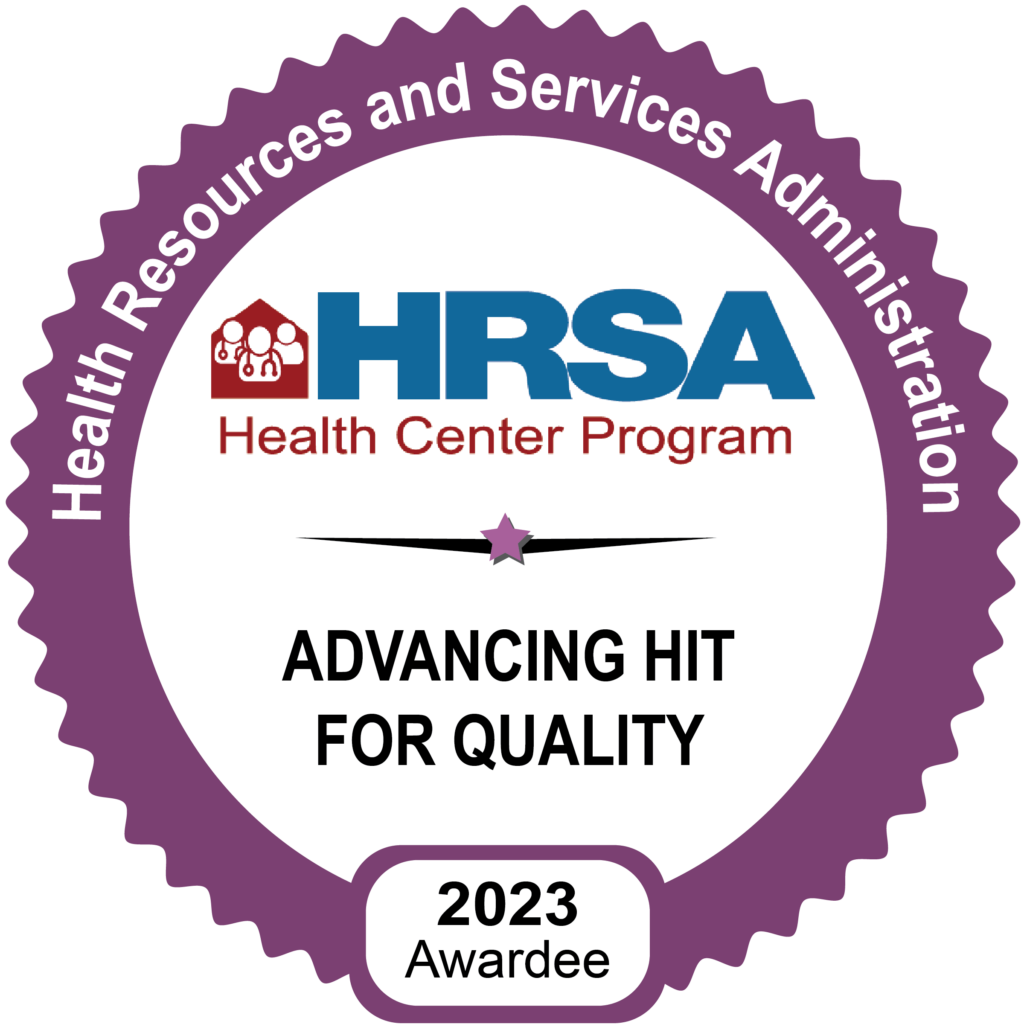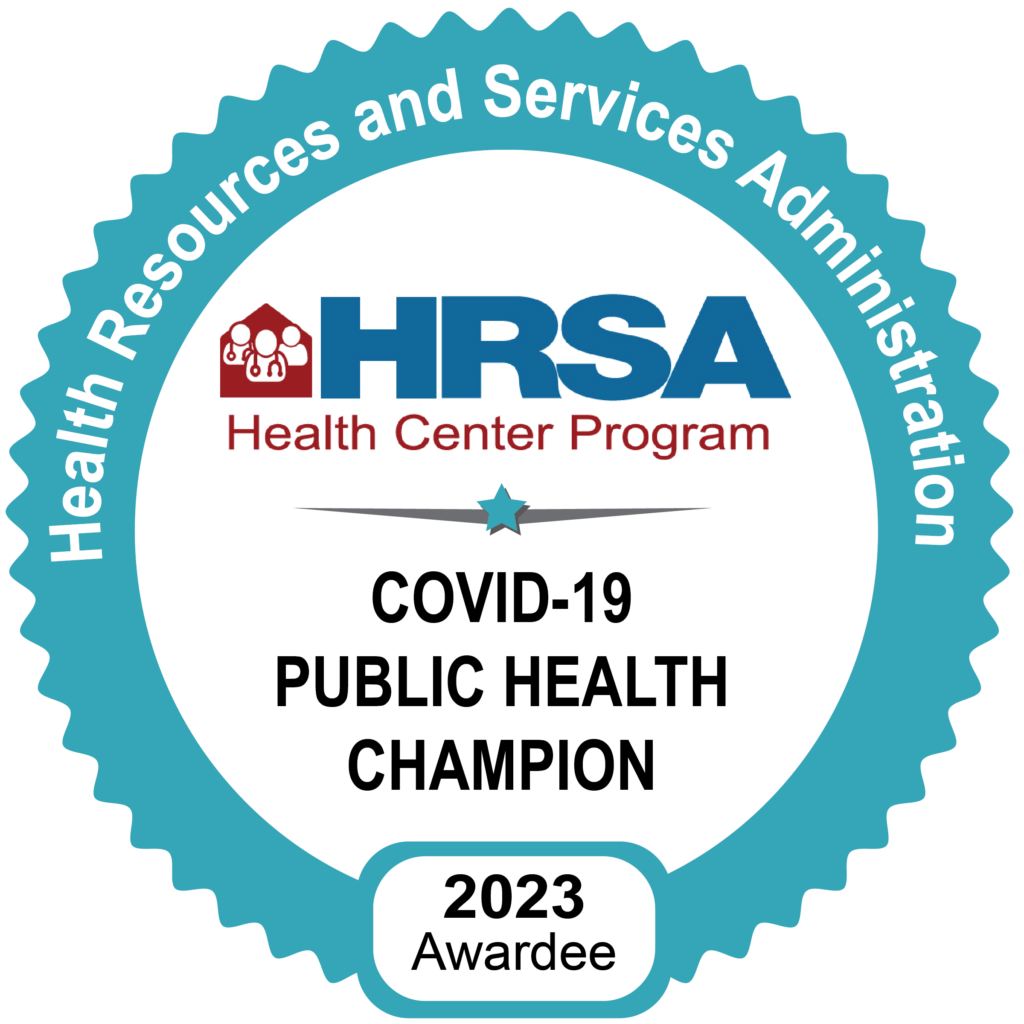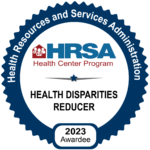Nineteen faces, mostly young and mostly male, smile at the camera from Worcester District Attorney Joseph D. Early Jr.’s website. The pictures reflect happier times among area residents ranging in age from 22-year-olds Eva Hall of Worcester and Michael Valerio of Sutton, to 55-year-old Thomas Morrell of Northbridge.
The pictures and loving remembrances, posted on the district attorney’s memorial wall, give a glimpse of lives cut short by drugs, mainly opioids such as heroin.
“These are good people. It is affecting anyone,” Mr. Early said in an interview.
But he was hopeful that instead of viewing addiction as a moral failing, “more people are seeing this as a chronic disease of the brain.”
Despite greater public awareness, enhanced attention to prescribing practices and an expansion of resources to tackle the problem over the last few years, unintentional deaths involving opioids continue to rise.
FACEBOOK LIVE
The Telegram & Gazette will host a discussion on the opioid crisis at noon Tuesday on Facebook Live. A panel of invited readers will join City Manager Edward M. Augustus Jr., District Attorney Joseph D. Early Jr., and Cassandra Anderson, city and Central Massachusetts coordinator of substance-abuse programs. Tony Simollardes, editor of the editorial pages, will moderate. Visit our Facebook Page to follow along.
One of the deadliest additions on the scene, often mixed with other drugs, is the powerful synthetic opioid fentanyl, which is 50 times more potent than heroin and 100 times more potent than morphine.
Fentanyl has been used legally for years to treat severe pain, including cancer.
The recent influx related to overdoses is thought to be imported illegally from China and elsewhere, the U.S. Drug Enforcement Administration reported in July. Profits from illicit fentanyl can be enormous, bringing in tens of millions of dollars in revenue from a few thousand dollars spent on fentanyl powder.
According to the state Department of Public Health, the number of confirmed opioid overdose deaths increased 20 percent between 2014 and 2015, to 1,574 from 1,316. The 2014 number represents a 43 percent increase over the 918 deaths in 2013.
Counting suspected opioid deaths still awaiting confirmation, 1,747 people died of opioid overdoses in 2015 and 1,383 died in 2014.
An estimated 1,475 people died in the first nine months of 2016, higher than the first nine months of the previous year. Year-end figures for 2016 are expected to be published this month.
In Worcester County, 218 people died from opioid overdose in 2015, up from 168 in 2014, according to the state DPH. Data for 2016 is still incomplete.
In 2016, for the first time, fentanyl rose to the most commonly found drug in toxicology analyses of people who died from accidental overdoses in the state. DPH reported that for cases where a toxicology screen was available (about 70 percent of the deaths), 74 percent indicated the presence of fentanyl and 53 percent showed heroin or likely heroin was present.
Benzodiazepines such as Xanax or Valium were present in approximately half of opioid-related overdoses, and cocaine was present in approximately 30 percent.
“This epidemic is changing so fast,” said Dr. Monica Bharel, state commissioner of public health.
She said the department is committed to gathering, analyzing and sharing data that are clear and up-to-date across different health care sectors and geographic regions. An interactive website, www.mass.gov/chapter55, gives a look at opioid-related data from five different government agencies.
While the drugs identified with most fatal overdoses have shifted, state officials have said that four out of five people who become addicted to opioids started with prescription painkillers, whether legally obtained for themselves or taken from someone else.
So one piece of important data comes from the state’s updated prescription monitoring program, the Massachusetts Prescription Awareness Tool, known as MassPAT, which went into effect in mid-October.
Health care providers are required to check a patient’s prescription history in MassPAT every time they write a prescription for DEA Schedule II or III narcotic drugs, including those at risk for abuse such as OxyContin, Percocet, Vicodin or Tylenol with Codeine. They also must check the first time they prescribe a benzodiazepine.
Since MassPAT was launched in August, nearly 44,000 health care providers registered to use the system, including 81 percent of prescribers that prescribed at least one Schedule II or III opioid in the first month of 2016, DPH reported in October.
Dr. Bharel said that through MassPAT, new restrictions on opioid prescriptions and prescriber-education programs rolled out in the past year, including one at University of Massachusetts Medical School, “the vast majority” of health care providers are prescribing opioid pain medications appropriately.
The challenge is helping people with substance-use disorders through prevention programs, availability of naloxone, the drug also known as Narcan that can revive people from opioid overdoses, and greater access to treatment.
“This epidemic has been building for years,” she said. “We’re going to continue with this comprehensive approach, no matter how long it takes.”
Locally, health care providers and first responders are confronting the opioid crisis daily.
Dr. Matthew Griswold, clinical instructor of emergency medicine at UMass Medical School, said recently completed research in Worcester found that among 30 patients who came into the emergency department having received Narcan for an overdose, 28 had fentanyl in their system. And the patients didn’t know it.
“They purposely went out to get heroin and it was laced,” he said.
Fentanyl is fast acting and so powerful, “less than a pencil-eraser-full can kill you,” Dr. Griswold said.
He said emergency medical technicians are going through their entire day’s supplies of Narcan to revive people who overdose on fentanyl. Instead of needing the typical two to four milligrams used to counteract heroin, it can take up to 12 milligrams “and they’re not (always) waking up.”
Fentanyl, like heroin, alters the mental state of the user and depresses breathing, which is what causes death.
Dr. Griswold said that perversely, people with substance-use disorder have told him that the potency of fentanyl makes it attractive, despite the fact that it can easily kill them. ” ‘This is going to be worth my money,’ ” he said was a common attitude. “They’re just playing Russian roulette.”
Dr. Dennis Dimitri, a UMass Memorial Health Care physician, said progress has been made to address prescription opioid misuse, such as reducing “doctor shopping” to get painkillers from many sources, but more treatment options are needed.
Dr. Dimitri recently stepped down as president of the Massachusetts Medical Society and now chairs the MMS Task Force on Opioid Therapy and Physician Communication.
“I think doctors are responding to MassPAT more enthusiastically,” he said. “It’s more user-friendly (than the former prescription monitoring program) and they’ve seen evidence that it’s helpful, it works.”
He called for increasing the number of doctors who have the training and federal authorization to prescribe Suboxone (buprenorphine) and methadone to provide medication-assisted addiction treatment in the primary care setting, which is more convenient and carries less stigma than going to a treatment center. Vivitrol (naltrexone), usually given in a long-acting injection, is not a DEA-scheduled drug and can also be used to support addiction treatment.
The president and chief executive officer of Worcester-based Spectrum Health Systems, a major addiction and behavioral health treatment provider serving 88,000 clients a year in six states, said the need for services continues to rise.
“We want to provide access on demand,” said Kurt A. Isaacson, the Spectrum CEO.
Outpatient treatment centers that include medication such as methadone or Suboxone saw growth from 2,558 clients in June 2014 to 4,561 in June 2015.
In its Worcester County outpatient centers, there are 425 daily clients at the Leominster site, 1,537 at Lincoln Street in Worcester, 308 at Merrick Street in Worcester, 380 in Southbridge and 299 in Milford.
An outpatient center expected to serve 175 clients a day is planned to open in Millbury in the spring.
Spectrum’s residential programs serve 225 clients.
“There are so much stronger drugs now. You just don’t know what you’re getting anymore,” Mr. Isaacson said.
While the overdose rate is skyrocketing, fatalities aren’t rising quite as fast because of more widespread use of Narcan, according to Mr. Isaacson.
But the mix of not knowing what’s in a drug, combining opioids and benzodiazepines, and the availability, for those who want to procure it, of fentanyl through online mail order or now local distribution, is a dangerous situation.
“This is younger, whiter, richer (population). That’s the trend we’re seeing,” he said. “Young people are not consequential thinkers. They’re risk takers. They’re in the moment.”
Spectrum has seen a 12 percent growth in clients since state law changes in 2015 removed an insurance requirement that people seek preauthorization for substance-use disorder treatment and allowed two weeks of treatment before utilization review.
Mr. Isaacson said he was concerned about what might come next for health insurance – and coverage of behavioral health – when the Affordable Care Act is repealed and replaced, as President Donald J. Trump and Republican leaders have promised to do.
“It takes time for these to have an effect,” he said about treatment programs. “The most important thing we have to focus on is access on demand.”
Family Health Center of Worcester provides multidisciplinary Suboxone-assisted treatment in primary care through its office-based addiction treatment program, known as OBAT.
In the last three months of 2016, 172 individuals were seen in OBAT, nearly double the number from the previous year, according to Family Health representatives.
The program is supported by state Department of Public Health and federal Health Resources and Services Administration grants.
Lily Gonzalez, a registered nurse, team leader and care manager in OBAT, said, “Patients are coming out positive for fentanyl in their urine and they’re not even aware they’re taking it.”
Besides fentanyl, people are still overdosing on prescription opioids and plain heroin also, according to Dr. Philip Bolduc, associate medical director of special populations and former head of the Suboxone program.
“We’re trying to increase our access to providers,” Dr. Bolduc said. “Our biggest struggle right now is capacity. We have so many people calling for help.”
Dr. Valerie Pietry, chief medical officer, said Family Health Center has been trying to recruit more physicians, nurse practitioners and physician assistants willing to take the extra eight to 24 hours training required to become qualified to administer Suboxone.
The multidisciplinary team works with patients on addiction treatment as well as provides general medical care and counseling services, a comprehensive approach that is considered ideal by many in the field.
“We really come from a harm-reduction standpoint. How are we going to keep that individual alive?” said Kate Christiansen, a behavioral health clinician.
“This is by far the least stigmatizing environment for people seeking treatment for addiction. It’s integrated into primary care.”
Dr. Bolduc said, “The thinking has evolved. There’s more acceptance that this is chronic maintenance therapy.”
Susan Spencer
Worcester Telegram & Gazette
